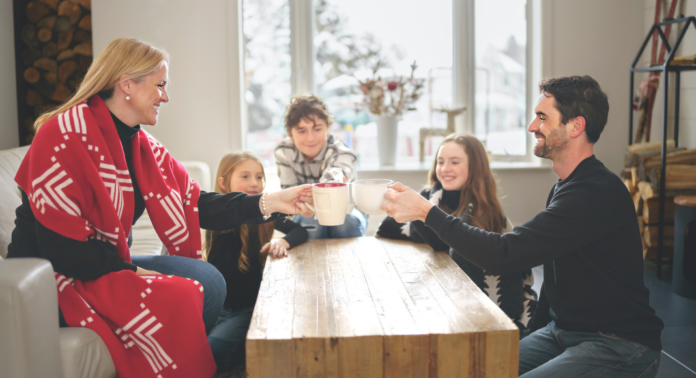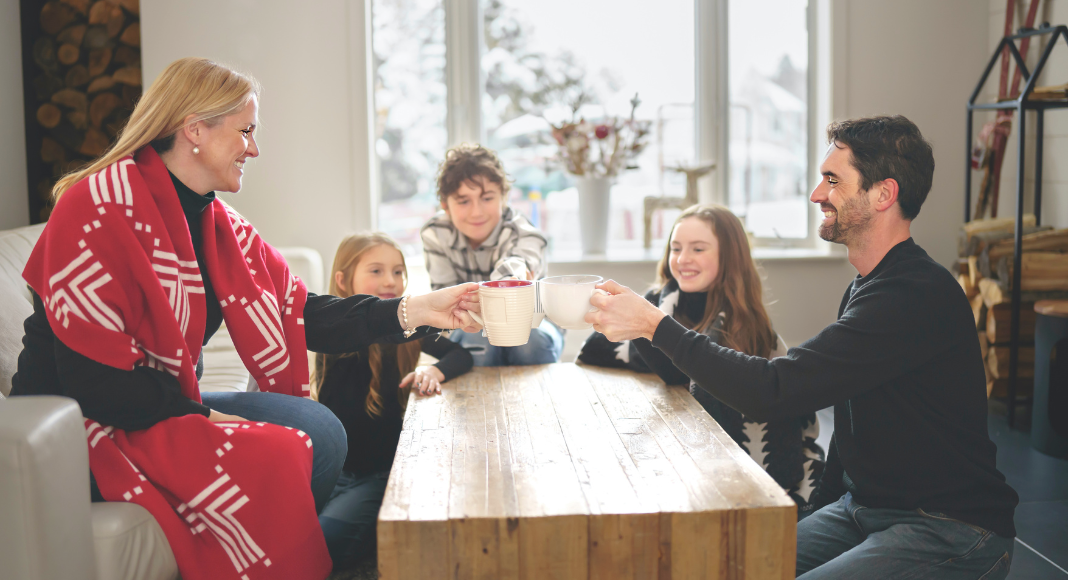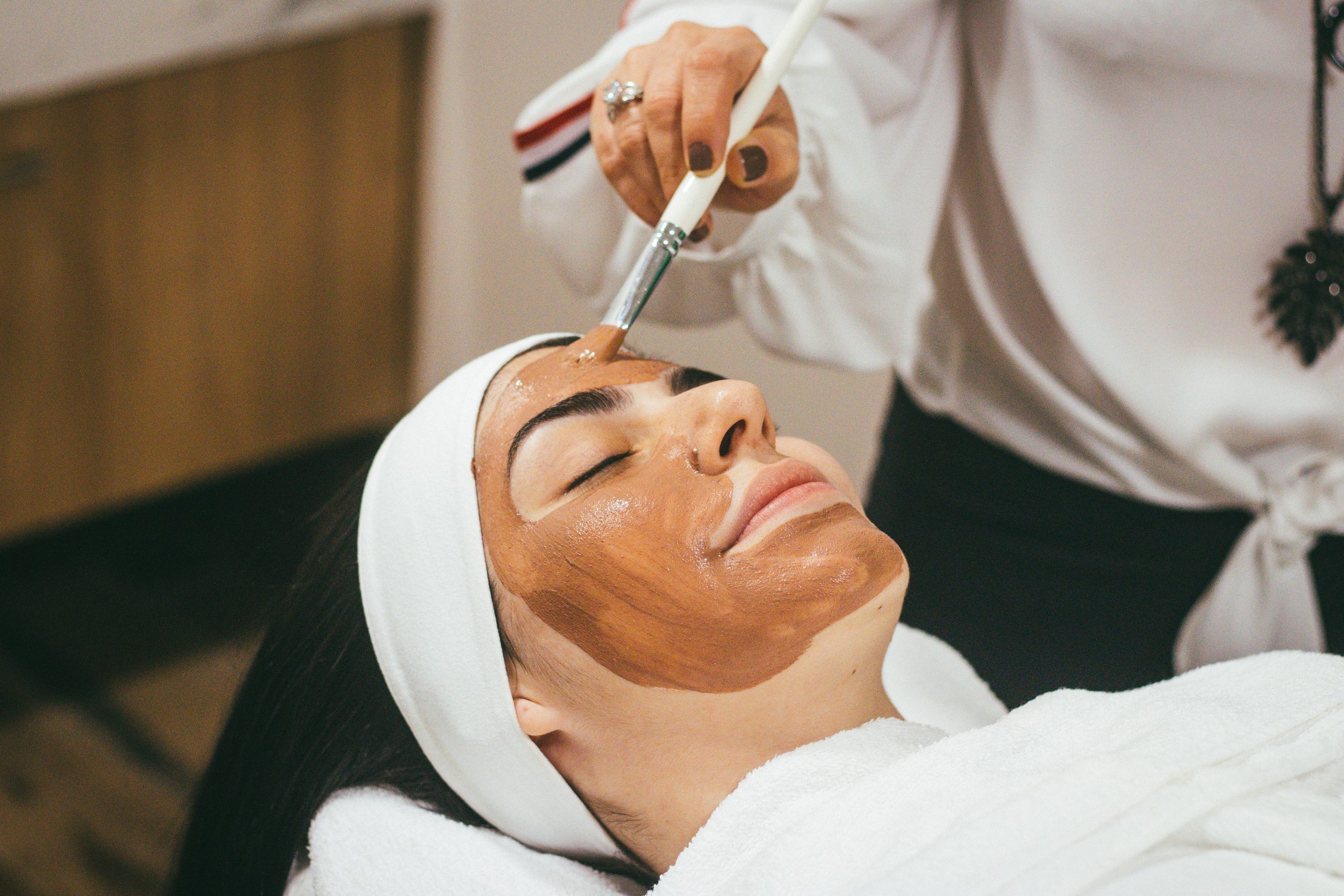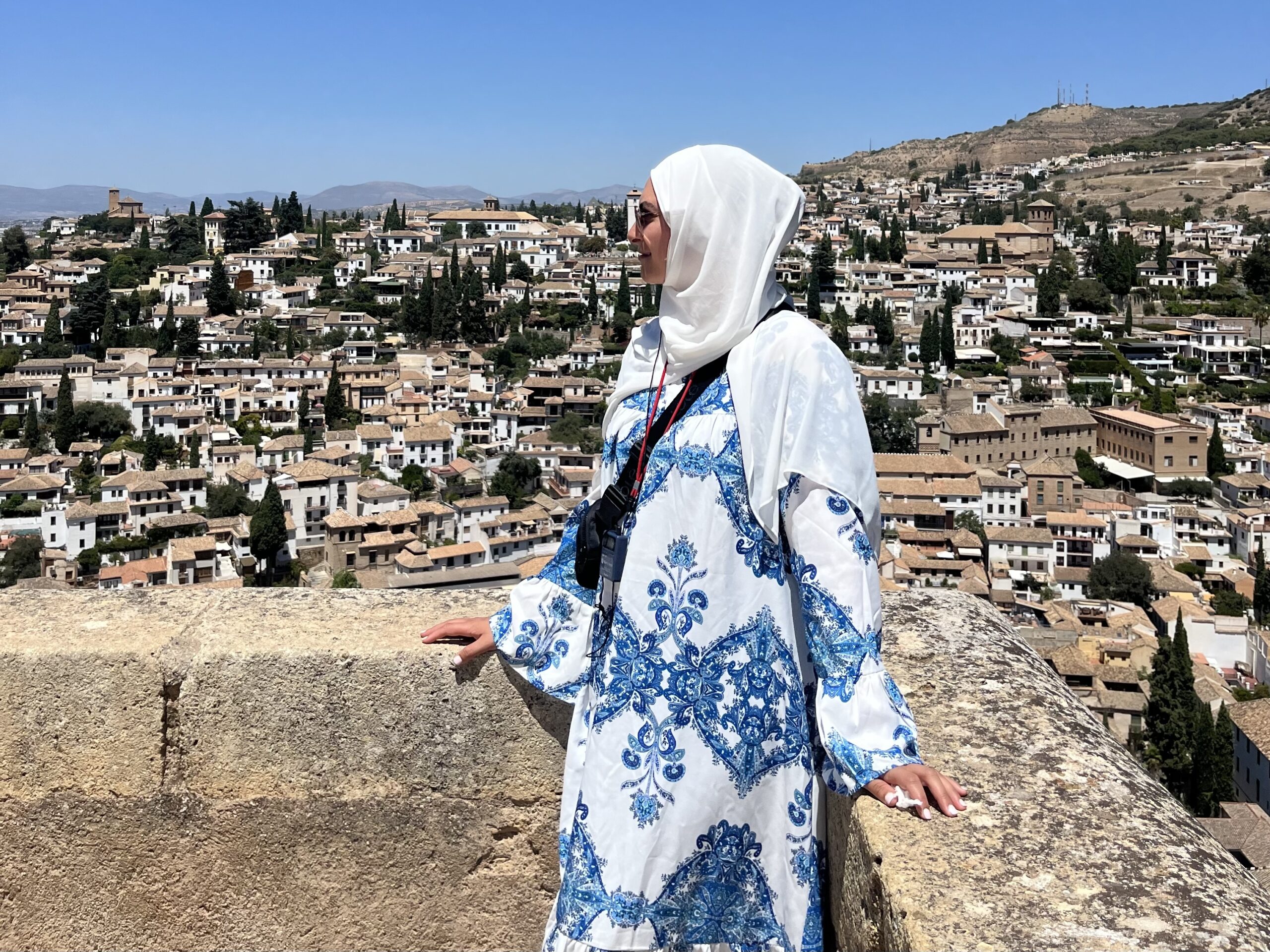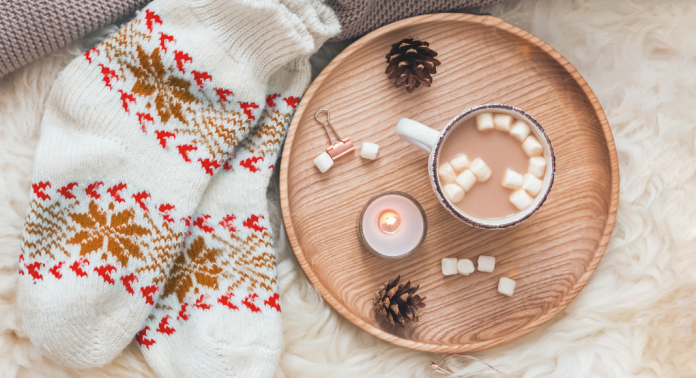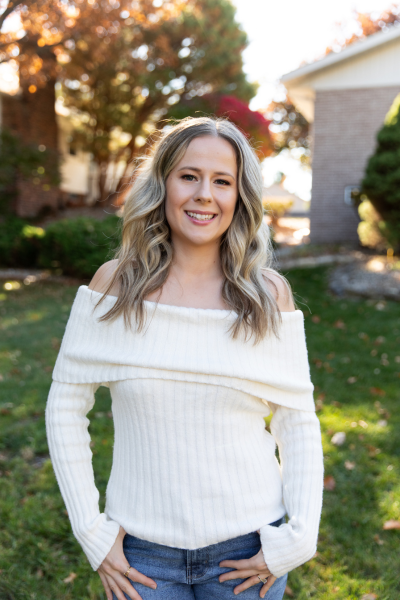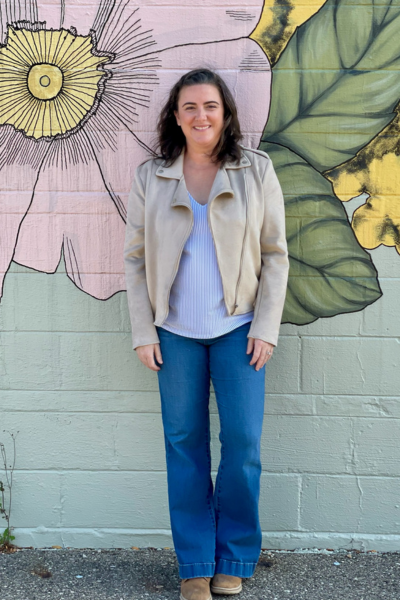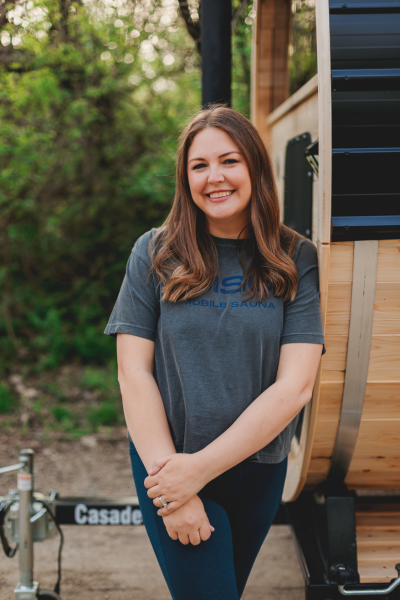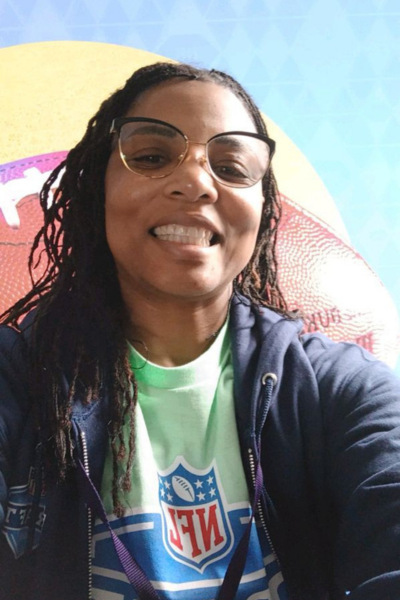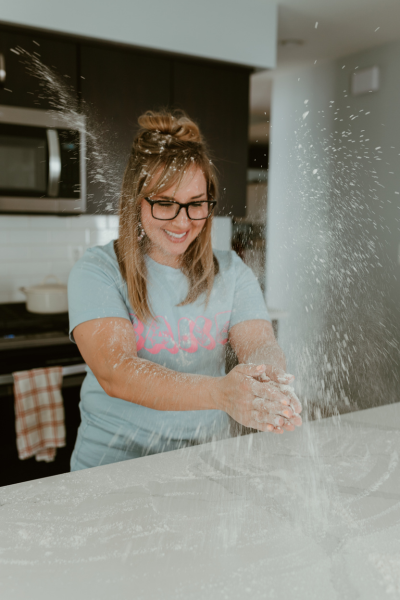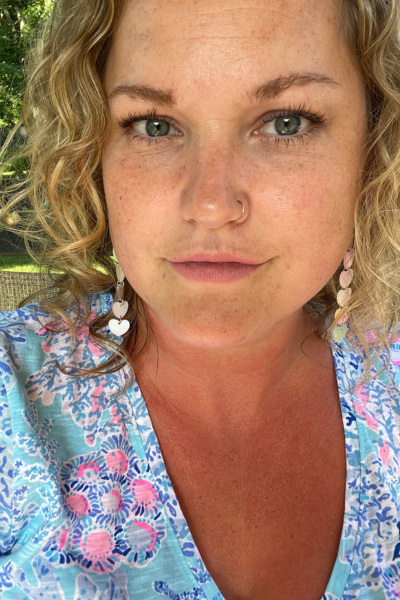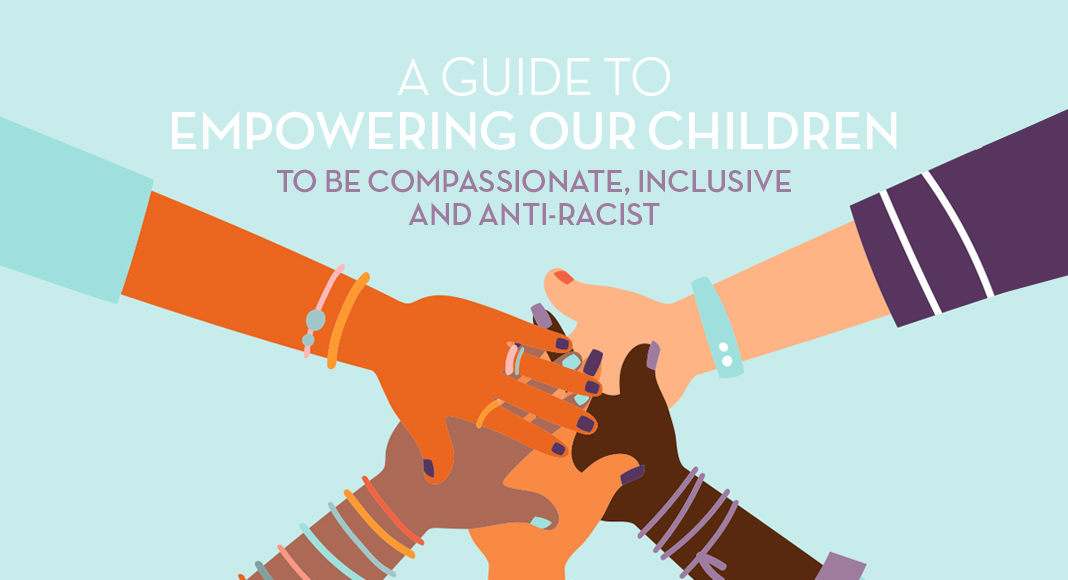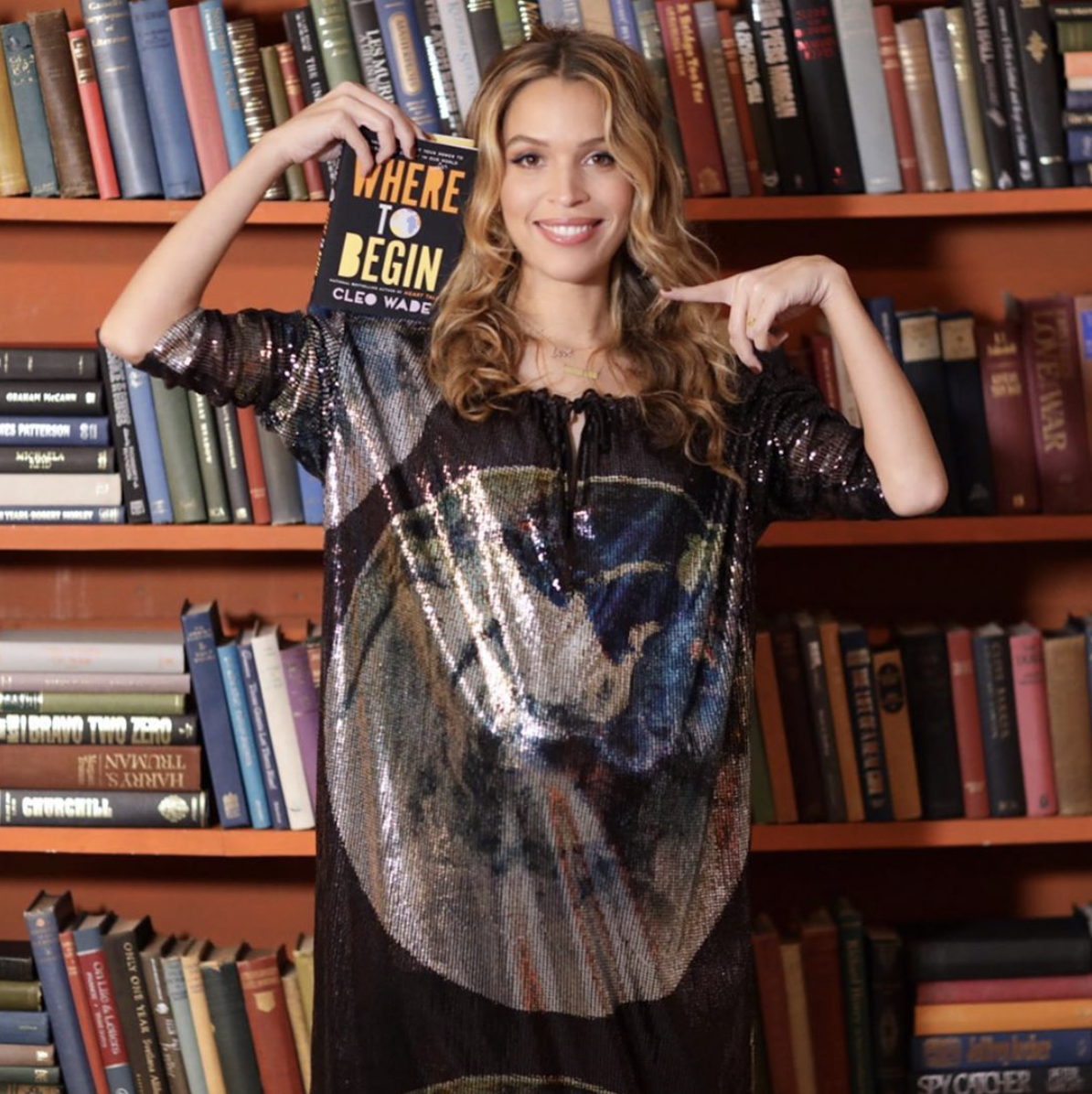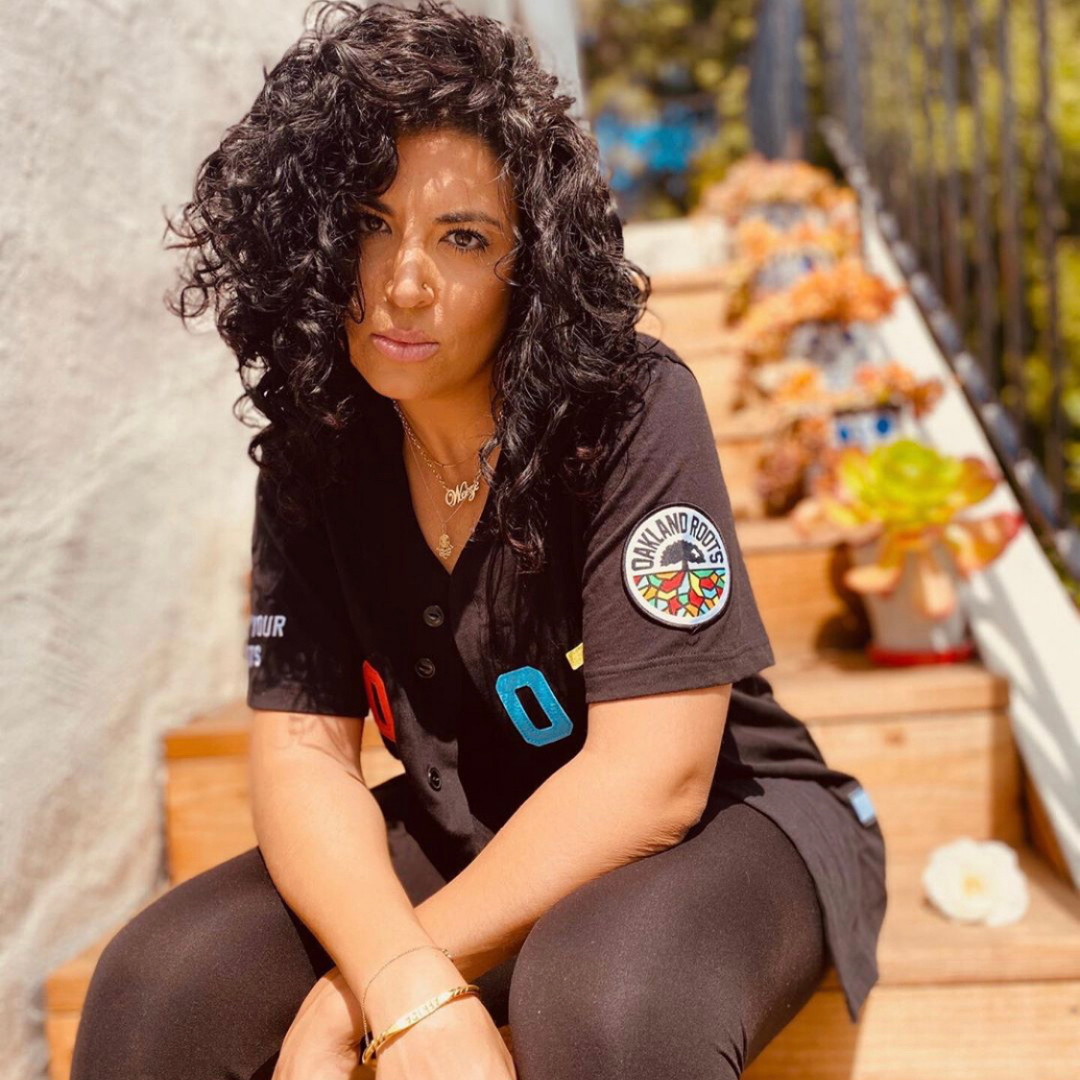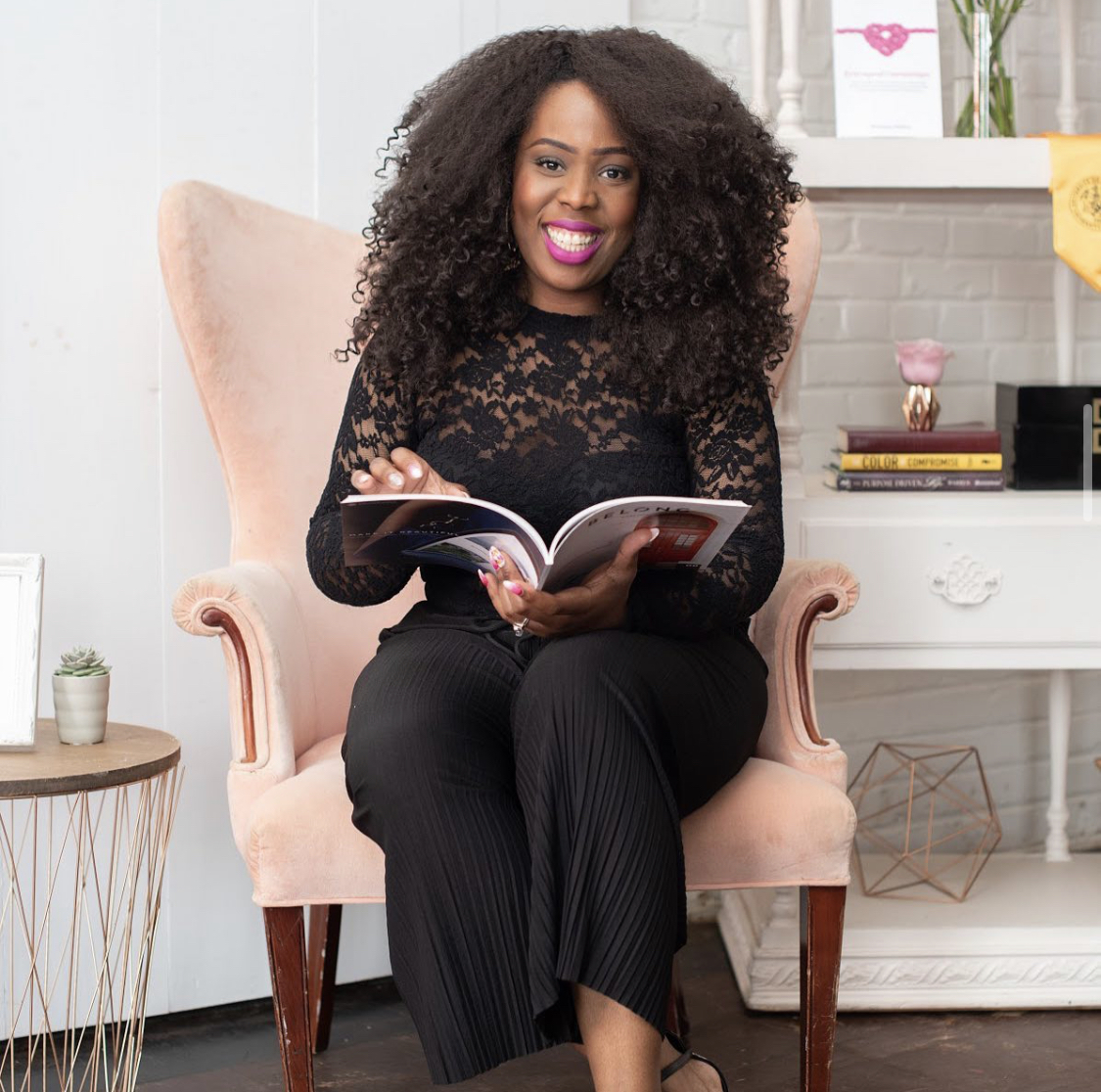Mom guilt is a scam and you shouldn’t waste a single second of your precious life on it. I recently missed my son’s school concert to go on a girls’ trip. While dropping him off at school one day, I happened to mention my plans to one of the other mothers. She gave me an odd look and asked, “Won’t you feel bad missing the show?”
The truth is, sure, I wish I could see the show. But I would rather go on the trip and I refuse to experience any guilt over my choice. Mom guilt is a scam that robs so many of us of opportunities for rest, fulfillment, and joy.
 The traditional picture of motherhood is one of selflessness and constant sacrifice in service of our children. This model of motherhood would never allow for me to choose my own enjoyment over attending a child’s event. Tools of the patriarchy, like mom guilt, help make sure I consistently de-prioritize myself. Thankfully, I refuse to accept this . . . and you shouldn’t accept it either.
The traditional picture of motherhood is one of selflessness and constant sacrifice in service of our children. This model of motherhood would never allow for me to choose my own enjoyment over attending a child’s event. Tools of the patriarchy, like mom guilt, help make sure I consistently de-prioritize myself. Thankfully, I refuse to accept this . . . and you shouldn’t accept it either.
Face the Facts
Here are three reasons why mom guilt is scam:
- It’s usually based on factual inaccuracies.
- It’s biased.
- It’s a waste of time.
They say you are your own worst critic and mom guilt only makes matters worse. In my experience, mom guilt is not normally based in reality. By this I mean that most of the time, I (and most likely you) do not have anything to feel guilty about. When I hear my mom friends beat themselves up over mistakes, I normally find myself thinking whatever they are feeling bad about is never as bad as they think it is.
Take A Look At Time
We can look at the concept of time as an example. Time is a finite and precious resource, and I think a lot of moms worry that they don’t spend enough time with their children. It is likely the source of much mom guilt. But from a factual perspective, that just doesn’t make much sense.
It is well documented that the average working mother today spends the same amount of time with her children as a stay-at-home mom did in the 1970s. Further, more time with our kids might be a disservice to them. Research shared in The New York Times shows that children with hyper-involved parents have more anxiety and less satisfaction with life, and that when children play unsupervised, they build social skills, emotional maturity, and executive function. Why, then, do we feel guilty about not spending enough time with them? The answer is, we shouldn’t!
The Dawn of Dad Guilt
Have you ever heard of “dad guilt” or “parent guilt”? No? Hmmmmm, that’s pretty interesting that only mom guilt exists. It’s almost as though it was intentionally created to make moms feel constantly inadequate as though they can never measure up to an impossibly high standard . . .
Now, I don’t think anyone should feel guilty. We are all just doing our best. Also, it is worth noting that every family is different and splits up childcare and domestic labor differently. BUT on average, according to the National Library of Medicine, moms do considerably more childcare than dads. From a purely logical perspective, if anyone had anything to feel guilty about, it would not be us mothers . . .
Don’t Waste Your Time With the Mom Guilt!
One of the worst parts about mom guilt is that it steals from you. It fills you with a heaviness that prevents you from doing the things you want to do out of a misguided sense of duty. Even worse, it leaves you feeling bad in the moment, stealing joy from the present. Feeling bad about yourself as a mother doesn’t help you or your kids. It doesn’t fix whatever perceived wrong you committed, although as mentioned above, you probably didn’t do anything wrong in the first place.
If you need to make a change or fix something, you should work towards that, but try to avoid giving in to unnecessary traps like mom guilt. Instead of feeling guilty and worrying if you are doing enough, focus on gratitude and celebrating all the ways you do show up for your family and friends every day.




